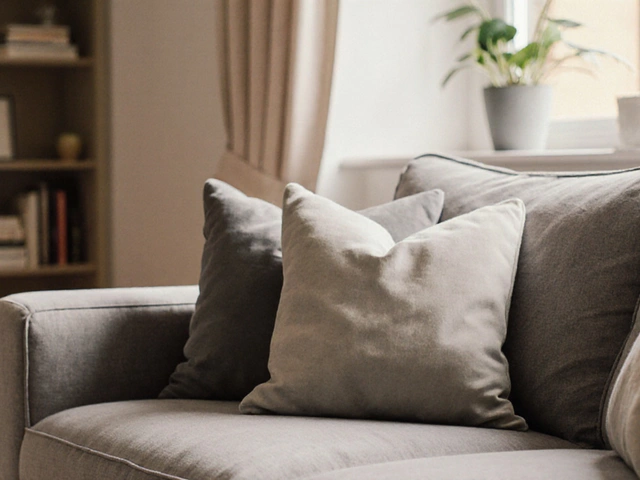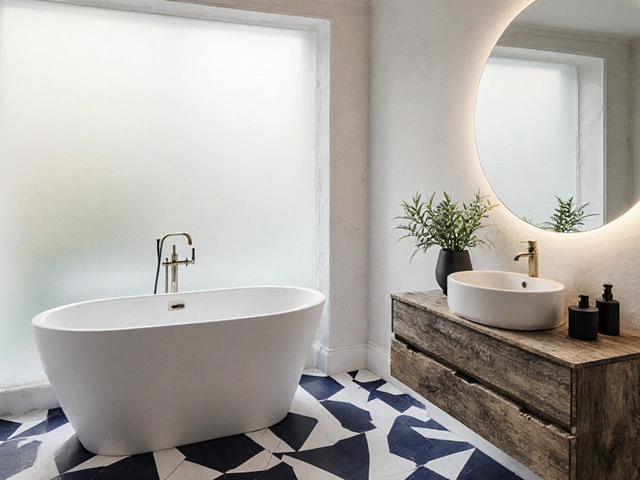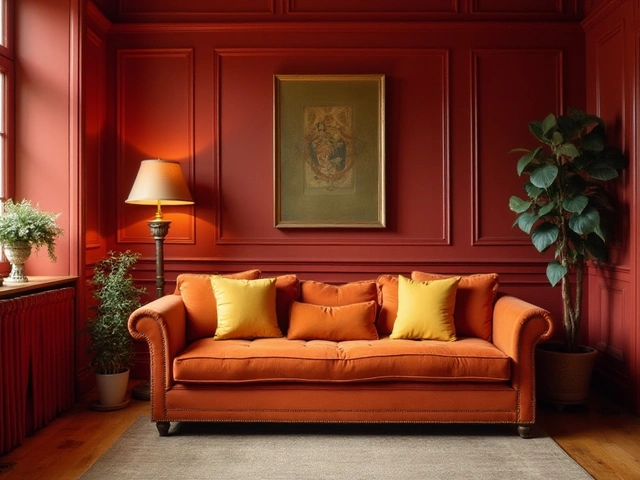Curtain Height: Simple Steps to Get the Perfect Length
Choosing the right curtain height feels like a tiny detail, but it changes the whole look of a room. Too short and the windows look unfinished; too long and you risk tripping or a messy puddle. The good news? You can nail the perfect length in five easy steps.
Measure Like a Pro
First, grab a steel tape and decide where you want the curtain rod to sit. Most people place the rod 4‑6 inches above the window frame, but if you want to make the ceiling appear higher, push the rod up to 12 inches above the frame. Once the rod height is set, measure from the rod down to the floor. That number is your basic curtain length.
If you prefer a clean break at the floor, add about ½ inch to the measurement. For a relaxed look, let the fabric puddle about 2‑3 inches. And if you love a crisp, tailored feel, stop the curtain 1‑2 inches above the floor. Write down all three numbers – full‑length, break‑at‑floor, and puddle – so you can compare them to the curtain’s finished height.
Don’t forget to measure twice, especially if you have uneven flooring or a carpet runner. A quick check with a level or a straight board will catch any slope before you order the fabric.
Style Choices by Height
Now that you know the numbers, think about the room’s style. In living rooms, floor‑length curtains that hug the floor give a classy, anchored feel. In kitchens or bathrooms, a crisp break‑at‑floor look keeps the space practical and easier to clean. Bedrooms often benefit from a slight puddle – it adds a cozy, luxurious vibe without looking sloppy.
Another factor is the window size. Big picture windows look best with curtains that extend to the floor on both sides, creating a frame that emphasizes the view. Small windows can appear larger when the curtains are hung wider than the frame and reach the floor, drawing the eye outward.
Fabric weight matters too. Heavy drapes like velvet tend to sit flatter, so a few extra centimeters can prevent gaps. Light sheers, on the other hand, might billow, so a short break works fine and keeps them from looking like they’re swimming.
When you’re buying ready‑made curtains, check the product description for “drop length.” Most retailers list a standard length (e.g., 84 inches). Use your measurements to pick the nearest size, then adjust with a hem if needed. A simple stitch at the bottom can add or subtract up to an inch without ruining the look.
For DIY curtain makers, cut the fabric a little longer than your final measurement. That gives you room to sew a clean hem and, if you change your mind later, you can always trim more.
Finally, think about hardware. Brackets that stick out 2‑3 inches from the wall add depth and hide any small gaps. If you love a sleek, minimalist line, choose a rod that sits flush with the wall and use hidden brackets.
Bottom line: measure, decide on the finish (break, floor‑kiss, puddle), match style to room, and pick hardware that supports your look. Follow these steps and your curtains will look intentional, not an after‑thought.






